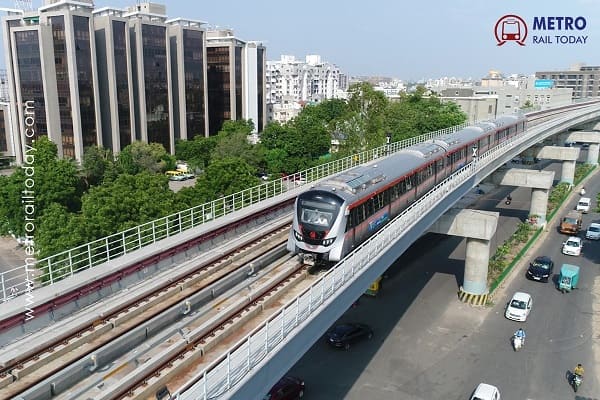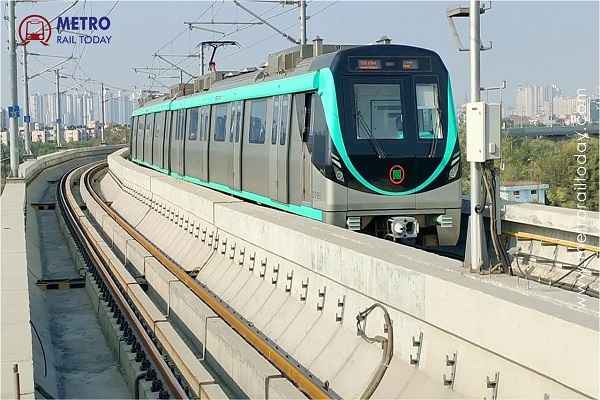 Ayesa India wins Design Consultancy Contract for Noida Metro Aqua Line Extension
Ayesa India wins Design Consultancy Contract for Noida Metro Aqua Line Extension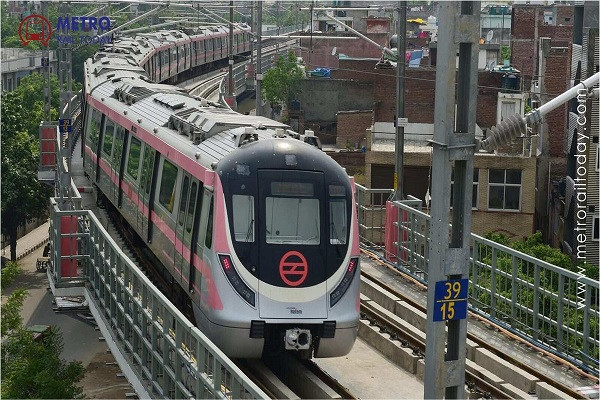 Vossloh Cogifer bags Track Infrastructure Contract for Delhi Metro Phase 4 Corridors
Vossloh Cogifer bags Track Infrastructure Contract for Delhi Metro Phase 4 Corridors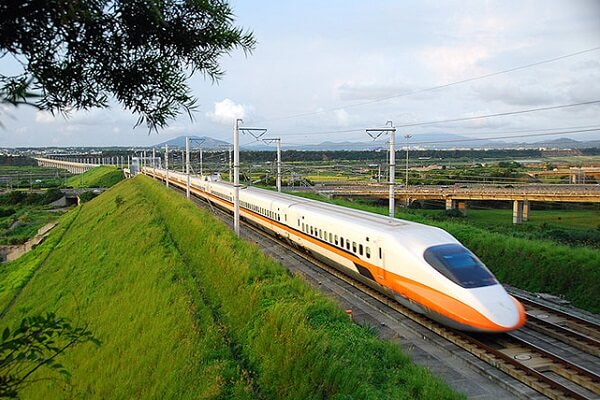 Railway finalised revised alignment for ₹16,000-crore Pune–Nashik Semi High-Speed Rail Corridor
Railway finalised revised alignment for ₹16,000-crore Pune–Nashik Semi High-Speed Rail Corridor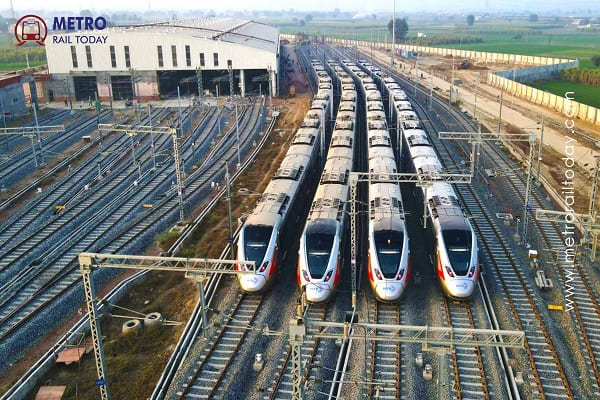 India’s First High-Speed, Signalling-Integrated CMV launched for Namo Bharat RRTS Corridor
India’s First High-Speed, Signalling-Integrated CMV launched for Namo Bharat RRTS Corridor TuTr Hyperloop secures First-Ever Order from Deendayal Port Authority
TuTr Hyperloop secures First-Ever Order from Deendayal Port Authority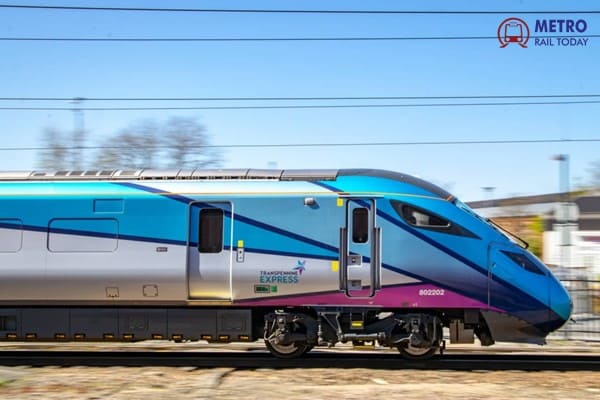 BEML bags ₹157 Crore Order from Loram Rail for Switch Rail Grinding Machines
BEML bags ₹157 Crore Order from Loram Rail for Switch Rail Grinding Machines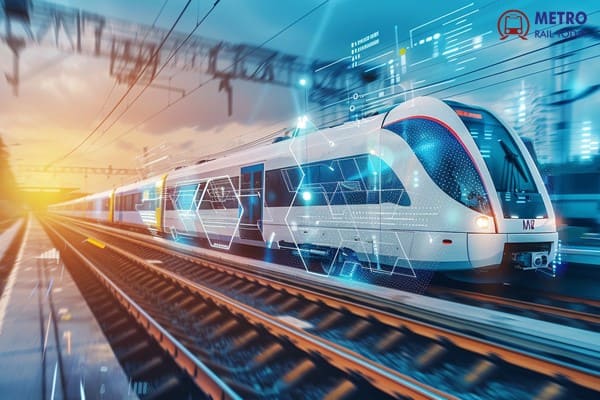 MxV Rail and KRRI forge Global Research Alliance to accelerate Next-Generation Rail Technologies
MxV Rail and KRRI forge Global Research Alliance to accelerate Next-Generation Rail Technologies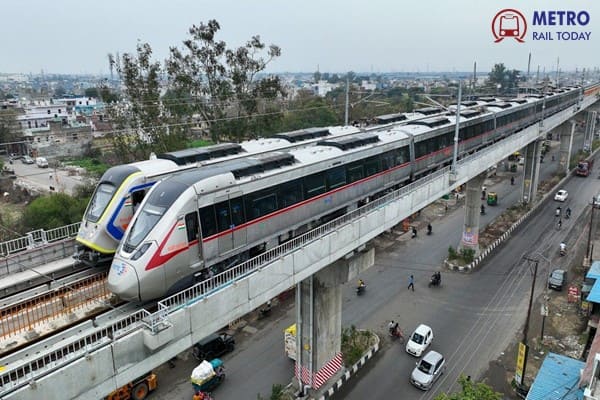 Uttarakhand seeks Pre-Feasibility Study for Meerut-Haridwar-Rishikesh RRTS Corridor
Uttarakhand seeks Pre-Feasibility Study for Meerut-Haridwar-Rishikesh RRTS Corridor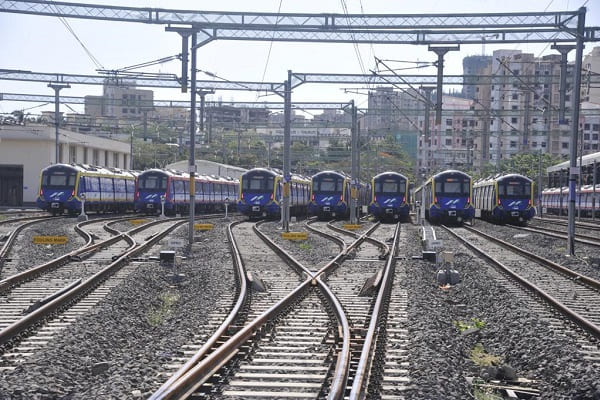 RIFTEK achieves major milestones in partnership with Indian Metro Rail Systems
RIFTEK achieves major milestones in partnership with Indian Metro Rail Systems Egypt all set to launch Alexandria Metro Phase 1 by 2026
Egypt all set to launch Alexandria Metro Phase 1 by 2026
Saudi Arabia’s $7 Billion Land Bridge: Building a High-Speed Future Across the Desert
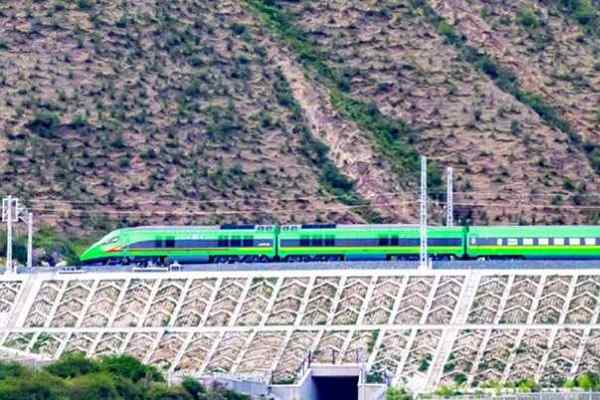
Saudi Arabia is building more than just railway tracks — it’s constructing a future that moves at high speed. The Kingdom’s ambitious $7 billion Land Bridge Project is set to redefine travel, logistics, and economic connectivity across the Arabian Peninsula.
Often described as the “desert miracle”, the Land Bridge will be one of the longest and most strategic high-speed rail corridors in the Middle East, forming a critical pillar of Saudi Vision 2030 — the Kingdom’s blueprint for economic diversification and sustainable development.
Connecting Two Seas, Uniting a Nation
The Land Bridge will stretch nearly 1,500 kilometres, linking Jeddah on the Red Sea to Dammam on the Arabian Gulf, with Riyadh, the capital, serving as a central junction. This East–West rail link will transform Saudi Arabia into a continental connector between Asia, Africa, and Europe.
The project’s scale and ambition are unmatched in the region. Once operational, the high-speed trains will cut the Riyadh–Jeddah travel time from about 12 hours by car to less than 4 hours — a dramatic improvement that will make rail the preferred mode of intercity transport for millions.
For passengers, this means faster, cleaner, and more comfortable travel. For businesses, it opens a new logistics corridor that links industrial cities, ports, and airports, fostering seamless movement of goods and people across the Kingdom.
A Key Pillar of Vision 2030
The Land Bridge project lies at the heart of the Saudi Railway Company’s (SAR) modernization and expansion strategy. Under the Vision 2030 framework, the Kingdom aims to expand its total railway network from 5,300 kilometres to over 8,000 kilometres by the end of the decade.
This expansion aligns with Crown Prince Mohammed bin Salman’s Vision 2030 goals to make Saudi Arabia a global logistics and transport powerhouse. The government views transport connectivity not only as a means of economic diversification but also as a catalyst for industrial growth, tourism, and regional integration.
SAR has already placed orders for 15 new high-speed trains capable of reaching speeds up to 200 km/h, ensuring both efficiency and passenger comfort. The project also involves building new passenger and freight terminals that will connect key industrial cities such as Yanbu and King Abdullah Port, directly linking production zones to export gateways.
Key Features of the Saudi Land Bridge Project
1. High-Speed Rail Connectivity
The Land Bridge will create the first East–West high-speed rail corridor in the Arabian Peninsula, connecting three of the country’s most important cities — Jeddah, Riyadh, and Dammam. The network will serve both passenger and freight operations, reducing dependence on road transport and easing traffic congestion.
2. Economic and Strategic Significance
The project is designed to enhance trade, industrial logistics, and regional integration. By linking ports on both coasts, it allows Saudi Arabia to become a trans-shipment hub — a bridge between Asia and Europe via the Red Sea and Arabian Gulf. This will also enable faster cargo movement between King Abdullah Port, Dammam Port, and Riyadh’s Dry Port, significantly reducing freight transit time.
3. Technological Advancements
Saudi Arabia is exploring hydrogen-powered and hybrid train technologies for the Land Bridge, marking a step toward sustainable mobility. The country is investing heavily in modern signalling systems, advanced O&M automation, and smart ticketing solutions to ensure world-class safety and convenience standards.
4. Seamless Passenger Experience
The new high-speed trains will feature state-of-the-art cabins, comfortable seating, Wi-Fi connectivity, and real-time digital information systems. The project is expected to integrate with Saudi Arabia’s airports and metro systems, creating a truly multimodal transport ecosystem.
The Cost and Timeline
The Saudi Land Bridge carries an estimated cost of $7 billion (around SAR 26.25 billion) and is currently under construction. According to SAR officials, the line is slated for completion by December 2030.
While ticket pricing for the new route is yet to be finalized, the project will likely follow the competitive fare model seen on the existing Haramain High-Speed Railway between Makkah and Madinah.
For reference:
-
Economy class tickets on the Haramain line range between SAR 40 ($11) and SAR 150 ($40),
-
Business class fares go up to SAR 315 ($84).
Passengers will be able to book online through the official Saudi Railway Company (SAR) website or mobile app, with features like seat selection, e-ticketing, and QR-code boarding.
A Backbone for National Development
The Land Bridge isn’t just a transport project — it’s a strategic development corridor.
It will directly connect industrial zones, logistics hubs, and urban centers, helping attract both domestic and foreign investment. Key sectors such as manufacturing, mining, petrochemicals, and tourism will benefit from reduced logistics costs and improved connectivity.
By linking King Abdullah Economic City, Yanbu Industrial City, and Jubail, the Land Bridge supports Saudi Arabia’s efforts to diversify beyond oil and strengthen non-oil GDP contributions.
Economic Impact and Employment
Once fully operational, the Land Bridge is expected to generate tens of thousands of jobs — both direct and indirect — across construction, manufacturing, maintenance, and operations.
It will also help reduce road accidents and fuel consumption, contributing to Saudi Arabia’s sustainability goals under the Vision 2030 Green Initiative. Moreover, by improving freight movement efficiency, the project will make Saudi exports more competitive regionally and globally.
Part of a Bigger Rail Vision
Saudi Arabia’s transport strategy extends beyond the Land Bridge. The country is simultaneously expanding and modernizing its Haramain High-Speed Rail, North–South Railway, and Gulf Railway projects.
Together, these initiatives will create a national rail grid of over 8,000 kilometres, positioning the Kingdom as a key link between the Middle East, Africa, and Asia.
The Gulf Railway, for example, aims to connect Saudi Arabia, UAE, Qatar, Kuwait, Bahrain, and Oman, facilitating cross-border trade and travel across the GCC region.
Saudi Arabia’s Growing Rail Popularity
According to SAR, over 2.6 million passengers traveled by train in the second quarter of 2025 alone — a clear sign of increasing public confidence in rail travel.
As more lines open, the rail mode is becoming a viable and preferred alternative to road and air travel, especially for medium-distance intercity routes. The Land Bridge will amplify this trend by offering unmatched speed, safety, and convenience across the Kingdom.
A Symbol of Saudi Ambition
The Land Bridge is more than just a high-speed railway — it’s a symbol of Saudi Arabia’s ambition to redefine mobility in the region.
By merging modern technology with long-term economic planning, the project embodies the Vision 2030 spirit of innovation, sustainability, and inclusive growth.
Once complete, the Land Bridge will not only connect cities — it will connect people, industries, and opportunities, reshaping how the Kingdom moves and thrives.
Conclusion: A Rail That Redefines Horizons
As the world’s attention turns to sustainable, efficient transport, Saudi Arabia’s Land Bridge stands as a bold statement of intent — to lead the region in rail innovation, green mobility, and economic integration.
By 2030, when the first high-speed trains roll out between Jeddah and Dammam, the project will not just shorten travel times — it will expand horizons for an entire nation.






